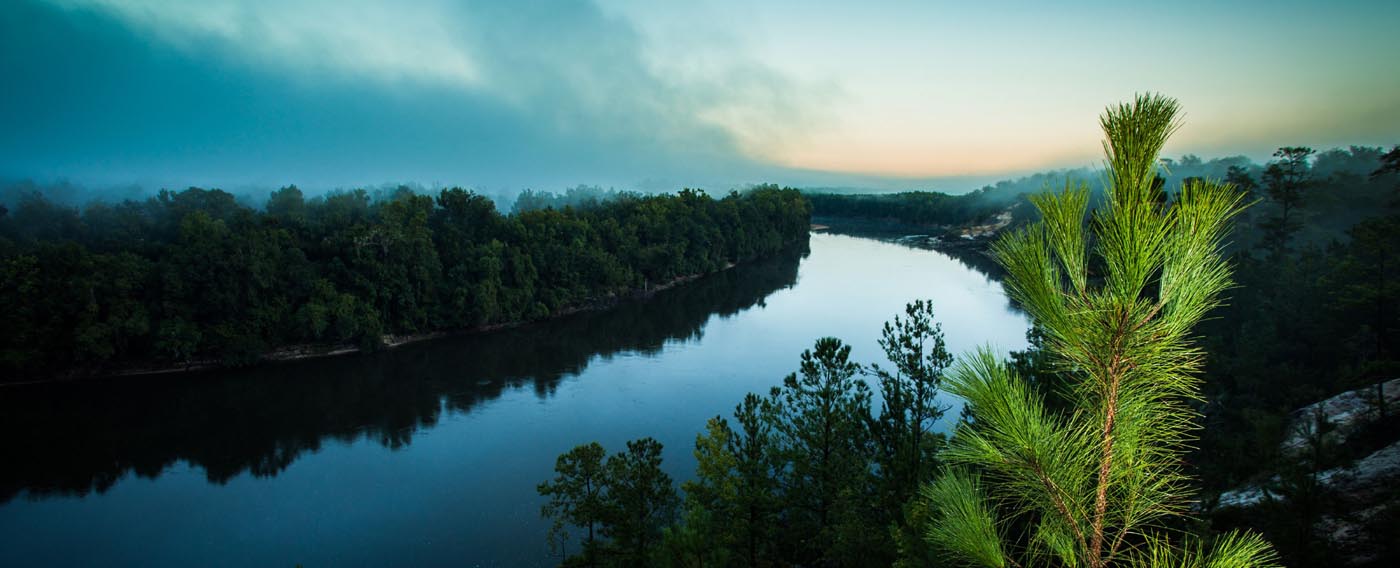Planting Memorial Trees and Celebration Trees in Florida

Programs to Support 2024 Hurricane Michael Planting
In Florida, planting a memorial tree in Florida becomes more than just a tribute–it contributes to a healing landscape. Following the devastation caused by Hurricane Michael in 2018, which left a trail of destruction across the Florida Panhandle, our current planting efforts are focused on re-establishing the tree canopy lost in the storm. This initiative supports the 2024 Hurricane Michael Planting project. A reforestation project that aims to restore private lands and vital ecosystems that depend on them.
Ongoing reforestation efforts are a testament to resilience, both for the forest and for the people who contribute to its renewal. By planting trees in celebration of loved ones, you help not only to restore the forest but also to support the numerous species that depend on it. Each tree planted is a lasting legacy. As each tree grows, it helps restore the health of Florida’s ecosystems for future generations to enjoy.
Restoring Longleaf Pine Forests in Florida’s Blackwater River State Forest
Blackwater River State Forest is a key piece of the largest remaining intact longleaf pine corridor in the Southeastern United States. For centuries, longleaf pine forests dominated this landscape, supporting a rich variety of plant and animal life. However, due to land use changes, fire suppression, and other factors, these once-vibrant ecosystems have been greatly diminished. This reforestation project aims to restore these iconic forests to their former glory, helping to protect both Florida’s natural heritage and the biodiversity that depends on it.
The Blackwater River State Forest is located in the panhandle of Northern Florida northeast of Pensacola. It comprises approximately 209,000 acres of wetlands, swamps, and pine forests and is the largest state forest in Florida. This forest is known for its longleaf pine wiregrass ecosystem, which, in combination with the Conecuh National Forest to the north and Eglin Air Force Base to the south, is the largest contiguous ecological community of this type in the world. This system once covered over 60 million acres in the southeastern United States coastal plain area. Less than 3 million of the original acreage now remains. Longleaf pine communities are rich in plant and animal life, including many classified as endangered, threatened, or species of special concern.
In recent years, wildfires and droughts have claimed many, many acres of pristine river habitat. The forest is essential to safeguard this river ecosystem and during 2012 the Florida Forest Service wishes to replant 2,000 acres, over 1.5 million trees. The Trees Remember plays an important part in generating interest in this reforestation program and having trees planted in response to this ambitious effort. More information about this forest can be found at the link below.
How Florida Reforestation Projects Result in a Vital Ecosystem
The restoration of longleaf pine in Blackwater River State Forest is a focused effort to enhance and sustain one of the region’s most important ecosystems. Approximately 100 acres of forest are being replanted with longleaf pine, including areas where survival rates of previously planted trees were low. Additional areas will see the removal of off-site sand pine, which has been a limiting factor for effective prescribed burning and forest health. By reintroducing longleaf pine, this project will not only restore the landscape but also enable the forest to thrive through controlled burns that benefit both plant and animal species. The restoration will improve habitat conditions for iconic species like the gopher tortoise, bobwhite quail, and wild turkey, while also promoting the growth of pyrogenic plants like wiregrass, which depend on fire to regenerate.
One of the challenges in restoring Blackwater River’s ecosystem has been managing the highly flammable sand pine that has previously dominated parts of the landscape. This has made prescribed fire management difficult, as low-intensity burns are ineffective, and high-intensity burns can harm the forest’s health. By restoring longleaf pine forests, we can once again establish a more effective fire regime, reducing the risk of catastrophic wildfires and promoting a healthier, more resilient landscape. Longleaf pine ecosystems are unique in their ability to support a diverse range of species, and with the restoration of these forests, we are fostering a habitat where wildlife and plant life can flourish.